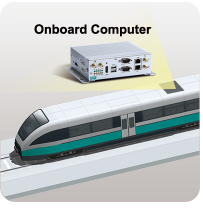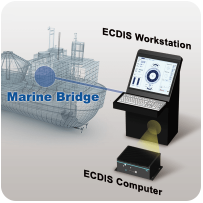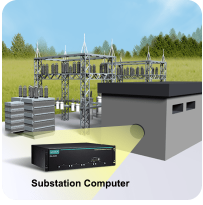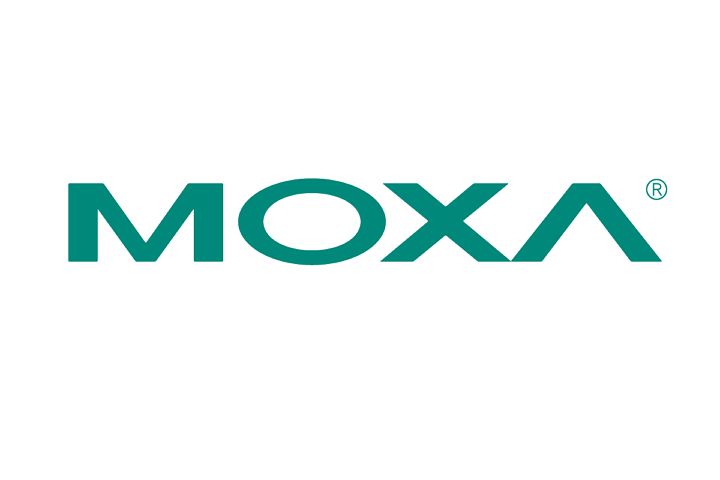As per certain industry approximations, the IIoT might generate an economic impact ranging from $4 to $11 trillion [Source: Unlocking the potential of the Internet of Things] in the upcoming 10 to 15 years. Surveys on business IIoT integration reveal that the current adoption rate of the IIoT stands at a substantial 60%. Some industry analysts speculate that by adopting anticipatory maintenance, companies could potentially save 10 to 20% of the expected economic impact of the IIoT in the subsequent 15 years.
Given the aforementioned statistics, the colossal undertaking required to uphold the extensive array of equipment and devices that necessitate maintenance as a direct consequence of the widespread utilization of the IIoT is certainly no easy endeavor, necessitating the implementation of radical maintenance approaches and remedies. The current focus is oriented towards averting unforeseen and costly equipment malfunctions before they arise; therefore, traditional maintenance methodologies such as reactive or preventive maintenance are no longer equipped to meet the escalating requirements of contemporary industrial automation projects. This denotes a noteworthy departure from traditional maintenance tactics, which involved taking action solely upon equipment failure or maintaining and exchanging equipment at predefined intervals. In the current context, the solitary forward trajectory for business operators is to reassess their maintenance strategies and redirect them towards anticipatory maintenance procedures.
Anticipatory or condition-based maintenance encompasses a range of operations, systems, and tools collectively utilized with the primary aim of forestalling equipment failure through early-stage malfunction monitoring. This approach is envisioned to enhance production efficiency and curtail operational expenses. The primary objective of a successful anticipatory maintenance program is to facilitate convenient proactive access to data for each critical piece of equipment to enable businesses to monitor the real-time status of the equipment by scrutinizing the trends and scheduling maintenance downtime based on these parameters. The remote monitoring of equipment stands as another pivotal facet of maintenance systems, given that a sizeable proportion of industrial equipment is stationed in remote or hard-to-access locations. An illustrative example is computers deployed for overseeing and managing an unmanned substation.
Implementing Anticipatory Maintenance for Industrial Computers
Industrial computers, an indispensable component of all IIoT systems, play critical roles such as data collection and analysis, as well as overseeing and regulating industrial procedures. Any performance glitches or failures in computer systems hold the potential to directly impact day-to-day business operations. A predictive maintenance utility for computers can aid in monitoring a computer’s performance, empowering preemptive maintenance actions well ahead of any actual breakdown. For instance, computers utilized in rolling stock, maritime, and substation applications are pivotal apparatus that demand monitoring alongside other essential equipment like navigational systems and substation transformers to ensure seamless operations.
Rolling Stock

In a subway transportation system, computers are extensively deployed in onboard control and video surveillance systems. Given the limited space on refurbished rolling stock, computing platforms are often situated in challenging-to-access locations like cabinets, compartments beneath passengers’ seats, or on the ceiling. Swift access to a computer’s current status (storage, CPU, memory) to facilitate the enactment of a preventive maintenance regimen holds paramount importance in ensuring the seamless operation of a transit system.
Marine Bridge

Computers are tasked with operating the electronic chart display and information system (ECDIS), a critical system onboard a ship’s bridge. These systems factor in real-time data from various sensors mounted on equipment, such as speed indicators, radars, wind gauges, AIS, and gyrocompasses, when planning the vessel’s voyage. Hence, a dependable and resilient computer is indispensable for the efficient operation of the ECDIS. Data concerning the status of key components of the ECDIS computer can be monitored by integrating the key-component data of the computer with the bridge system using monitoring APIs or alternative methods to achieve optimal system uptime.
Power Substation

Automated power stations are progressively becoming standard in secluded, inaccessible locations. A predictive maintenance tool capable of remotely monitoring and managing computers in an unmanned substation assures the smooth functioning of the substation.
To delve deeper into anticipatory maintenance in IIoT structures, access this white paper.
Moxa’s Approach
Moxa’s anticipatory maintenance solution, known as Proactive Self-Maintenance, conducts preventive maintenance actions to assist businesses in maximizing system uptime by overseeing the health of computers situated in their IIoT-enabled systems. Proactive Self-Maintenance is presently compatible with the V2201, V2403, MC-1100, MC-7200, and DA series of computers.
- Not Only for Automobiles: Discovering CANbus Technology in Various Industrial Settings - October 29, 2024
- Boost Your Network Performance: An Exciting Manual to PoE Switches! - September 10, 2024
- Understanding Gigabit Switches: Industrial vs Regular Gigabit - September 4, 2024


